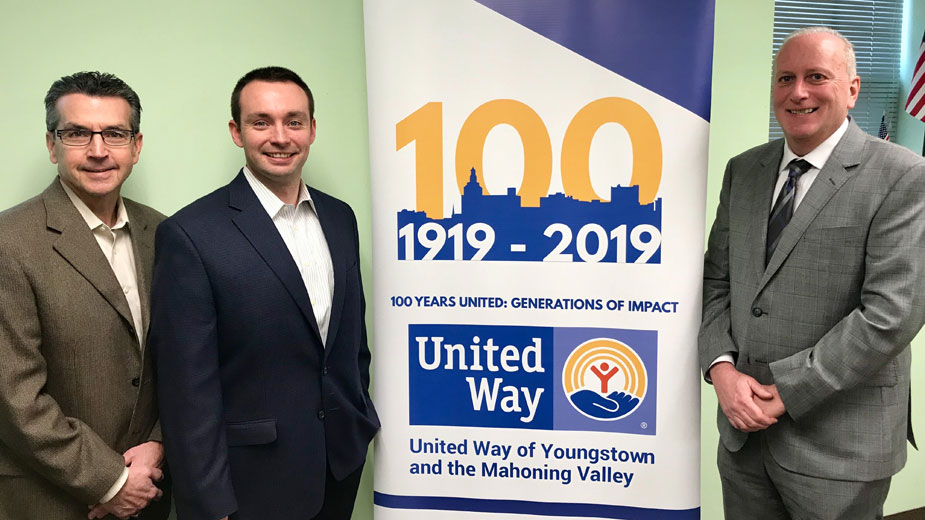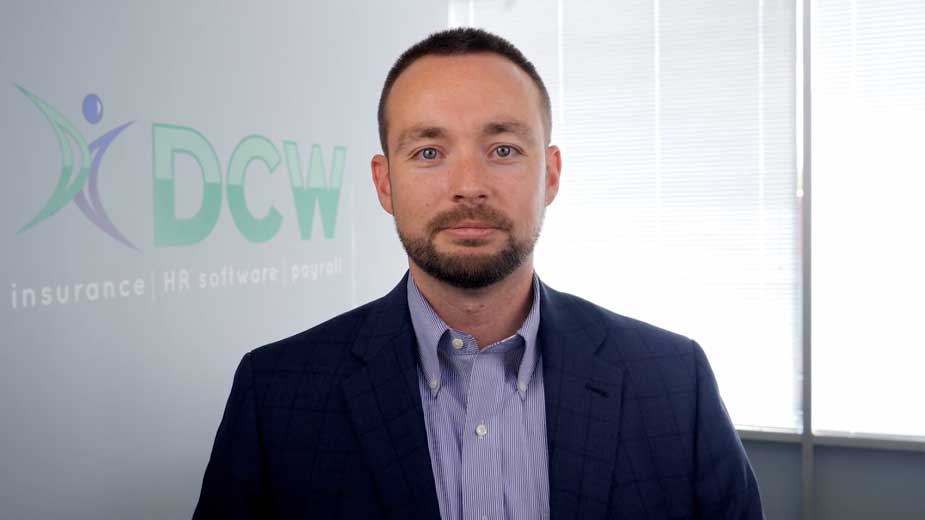United Way Improves Insurance, Saves $66K
Last year, Employee Benefits 101 examined the innovative strategies and methodologies available to employers to reduce health-care benefit costs, while improving the benefit plans they offer their employees. We took a deeper dive into the successes of the following local companies:
- Compco Industries: Reversed its escalating health-care expense and currently offers higher quality benefits, while paying significantly less than it did in 2012.
- Potential Development: Currently offering a better, more comprehensive benefit plan at a lower cost than it did in 2014.
- Vinyl Profiles: Received a $150,000 surplus refund on its 32-person medical plan in 2018.
- L. Calvin Jones: Offering higher quality benefits, significantly lower deductibles and saved $78,000.
In 2019, Employee Benefits 101 is transitioning into The New Benefits Blueprint. Although the name of the series is changing, the focus will remain the same: educating employers on how to upgrade their benefit plans and reduce their plan costs. In this edition, we kick off The New Benefits Blueprint with a case study of the United Way of Youngstown and the Mahoning Valley.
This year the United Way is celebrating its 100th anniversary. Every year, The United Way helps to improve the lives of over 170,000 people in our community and 98 cents out of every dollar raised stays right here in the Mahoning Valley.
DCW Group began working with the United Way in January 2013. At the outset, and without changing its benefit plan, DCW Group was able to save the United Way over $31,600 on its seven-employee medical plan.
Over the next seven months, DCW Group worked to implement a strategic plan that saved the United Way an additional $8,500 in December, bringing its total first-year savings to just over $40,000.
Fast forward to United Way’s January 2019 annual renewal. By continually managing its benefit plan, the United Way was able to reduce its premiums by 38%, or an additional $26,000 in savings for 2019. Simultaneously it improved its plan by lowering deductibles by $500 per single and $1,000 per family and lowering its out-of-pocket maximums by $500 per single and $1,000 per family.
That wasn’t a misprint: United Way reduced its health insurance expense by 38%, while improving the benefits it offers its employees.
So how did the United Way improve benefits for its employees and cumulatively reduce costs by $66,000 on its medical plan at a time when most employers are receiving renewal increases?
United Way worked collaboratively with the DCW team to develop an honest and accurate picture of where it was at the start of the relationship and what the organization aspired to achieve.
“Successful plan performance does not happen by accident. Companies take numerous measures to control cost in every other aspect of their business and need to apply this same tactical planning to their benefit plan,” says Bob Gearhart Sr. from DCW Group.
“If your company is working with an adviser who cannot explain why your rates continue to increase, it indicates that they do not understand the problem and therefore cannot possibly fix the problem,” he continues. “Only when you understand the factors causing escalating costs can you implement the specific strategies and tools that achieve measurable, repeatable and predictable long-term cost containment.”
Compco Industries, Potential Development, Vinyl Profiles, L. Calvin Jones and United Way all operate in different industries, have different workforces and offer different benefits. That being said, employers that are successfully offering higher-quality benefits at a lower cost are all doing very similar things.
All of these companies recognize that health care is a top-three business expense that needs to be actively managed throughout the year in the same manner in which they manage other areas of their businesses. They understand the importance of offering a comprehensive robust benefit plan in order to recruit and retain a high-performing workforce. And finally, they all view their company’s health insurance expense not as an operating expense, which implies a cost of doing business, but rather as a capital expense or an investment that is made with some type of defined and measurable return on investment.
These five case studies prove that it is possible to reduce your company’s health-care expenditure while simultaneously improving benefits for your employees. The takeaway for employers is that regardless of size, industry or benefits, the key is to understand the insurance industry market segments and take action to use them to your advantage.
Not taking action is costing your business money. Money that you could be reinvesting into your employees and your business. Or in the case of the United Way, directly reinvesting to help the residents of our community.
Sponsored Content: The information and views expressed in all Business Strategies Video Network series are of the content contributor, and do not necessarily reflect the opinions of The Business Journal.
Pictured: DCW Group’s Bob Gearhart Sr. and Jr. with Bob Hannon, president of the United Way of Youngstown and the Mahoning Valley.
Copyright 2024 The Business Journal, Youngstown, Ohio.



